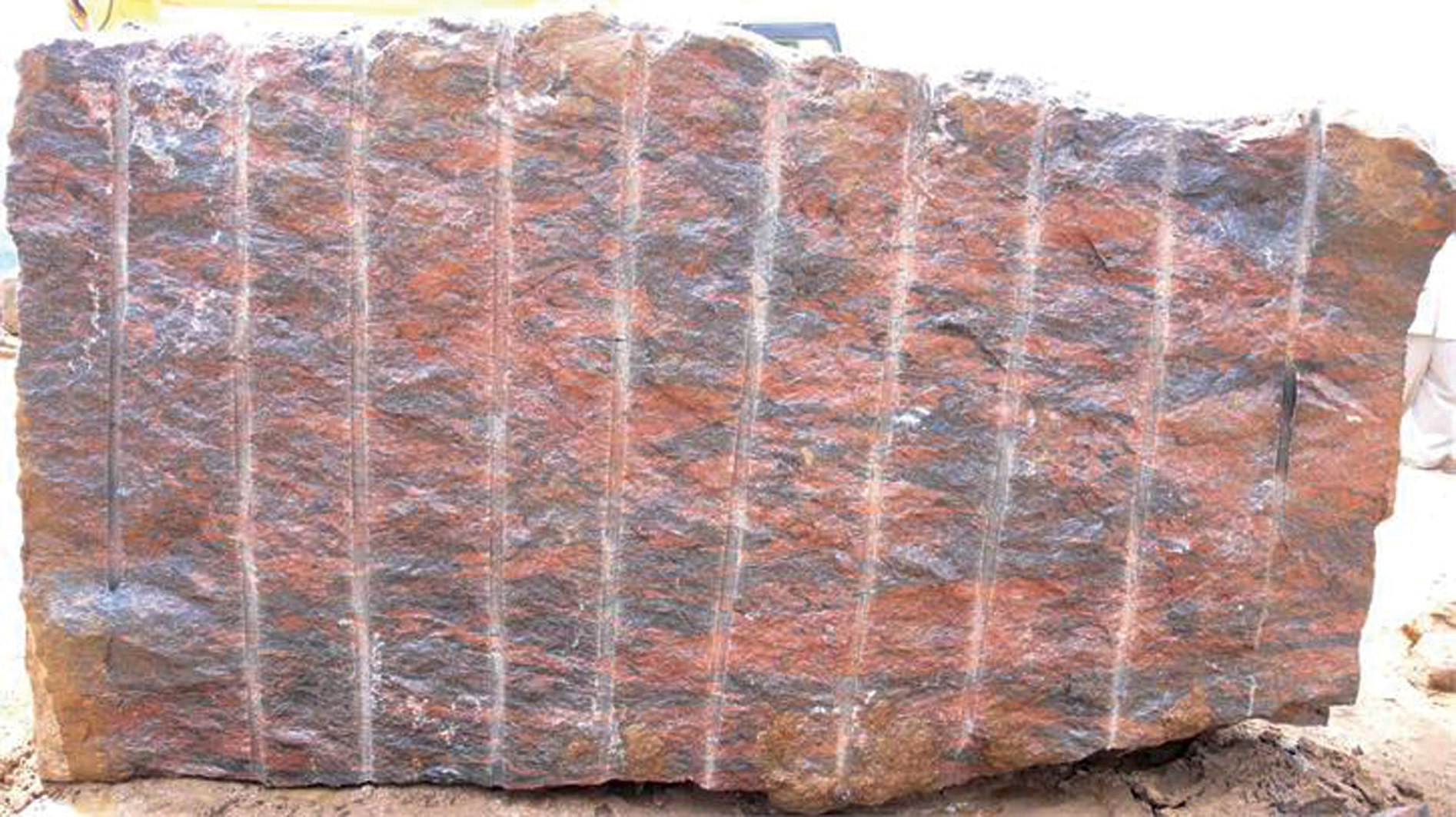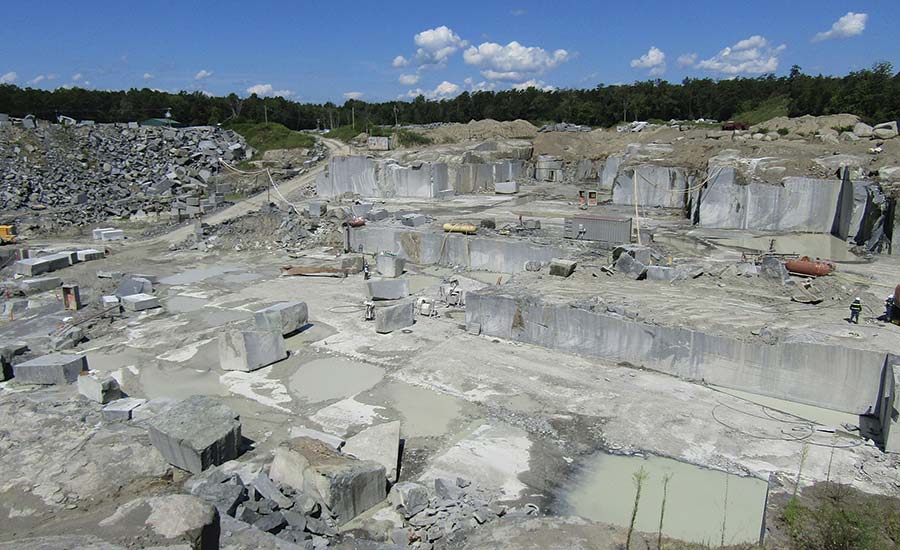A Journey Through Granite Quarries in South Africa: Introduction Nature's Virtuosity
A Journey Through Granite Quarries in South Africa: Introduction Nature's Virtuosity
Blog Article
Unearthing the Rich Background and Lasting Practices of Granite Quarrying
As we depend on the precipice of revealing the detailed tapestry of granite quarrying, a journey via time exposes not just the physical act of drawing out stone but also the cultural and historical value woven right into the extremely fabric of this practice. From the old origins that laid the structure for modern-day quarrying techniques to the sustainable techniques that are forming the future of this industry, each carve mark on granite surface areas narrates waiting to be uncovered (granite quarries in south africa). The legacy of granite quarrying extends far past mere extraction; it is a testament to human resourcefulness, strength, and the long-lasting allure of this impressive stone
Ancient Origins of Granite Quarrying
Going back to ancient people, the technique of quarrying granite has been an essential component of human background and architectural improvement. The earliest proof of granite quarrying days back to old Egypt, where huge pyramids and intricate sculptures were crafted from this sturdy stone. The Egyptians utilized primitive tools to extract granite blocks from quarries, showcasing the significance of this product in their monumental buildings.
Relocating ahead in history, the Greeks also made substantial contributions to the quarrying of granite. The Greeks used granite in various building marvels, such as holy places and statuaries, demonstrating their skill in shaping and sculpting this sturdy rock. The Romans even more fine-tuned the methods of quarrying granite, utilizing advanced tools like knives and hammers to extract and shape granite for their renowned structures.
Via the centuries, the technique of quarrying granite has actually advanced, with modern-day innovations improving effectiveness while maintaining the timeless appeal of this all-natural rock - granite quarries in south africa. From ancient worlds to modern builders, the heritage of granite quarrying remains to shape our world
Advancement of Quarrying Strategies
The development of quarrying methods has been noted by a continuous progression in the direction of better performance and accuracy in removing granite. Early quarrying strategies included hand-operated labor with standard devices such as chisels, hammers, and wedges to remove granite blocks from the planet.
Advancements in computer-controlled equipment and 3D modeling have actually enhanced quarrying operations, leading to very little environmental effect and enhanced sustainability techniques. As the need for granite proceeds to increase, the development of quarrying methods stays integral to conference industry requires successfully and sustainably.
Social Value of Granite
Granite holds an extensive social significance throughout different worlds due to its enduring visibility in architectural work of arts and respected monuments. The cultural significance of granite expands beyond its physical features; it symbolizes resilience, security, and timelessness, making it an icon of withstanding legacies and customs.

Sustainable Practices in Quarrying
In the middle of the abundant history of granite quarrying and its social value lies a growing focus on lasting techniques within the market. As environmental recognition and worries regarding source exhaustion have heightened around the world, the quarrying market has significantly accepted sustainable approaches to reduce its impact on the setting and surrounding areas.

Additionally, improvement and rehabilitation of quarry websites post-extraction are essential to lasting methods. By restoring click for more quarried areas to an all-natural or beneficial state, such as developing wildlife environments or recreational spaces, quarriers can counter the environmental footprint of their operations and add favorably to the neighborhood community.
Tradition of Granite Quarrying
With a historical backdrop soaked in workmanship and industrial progress, what withstanding effect has granite quarrying left on the landscape of modern society? The heritage of granite quarrying goes beyond mere extraction methods; it has actually shaped building wonders, metropolitan landscapes, and cultural heritage worldwide. The sturdy nature of granite has made it a preferred selection for monuments, buildings, and framework, standing as a testimony to the skill and artistry of quarry workers throughout generations.
Additionally, the economic impact of granite quarrying can not be neglected. The industry remains to provide employment possibility and drive neighborhood economic situations in regions where granite removal prevails. It has additionally spurred technical improvements in quarrying techniques and devices, resulting in extra effective and lasting methods.
In regards to sustainability, the heritage of granite quarrying includes initiatives to minimize environmental effects with reclamation jobs and liable resource administration. By stabilizing financial interests with environmental stewardship, the market strives to make certain that future generations can proceed to profit from this long-lasting natural resource.
Final Thought

Report this page